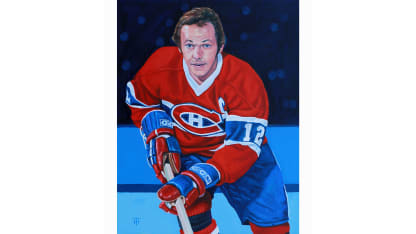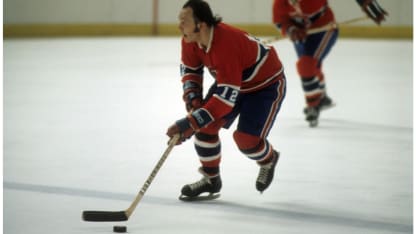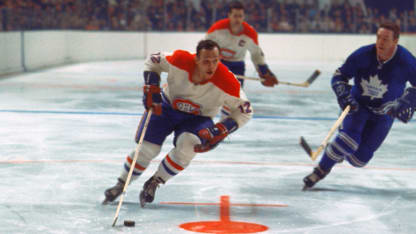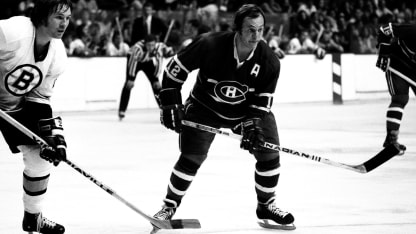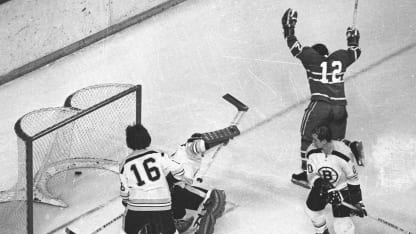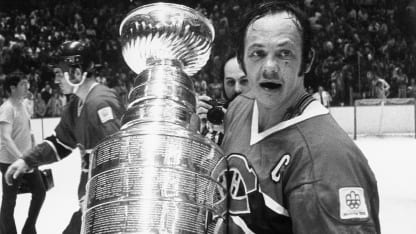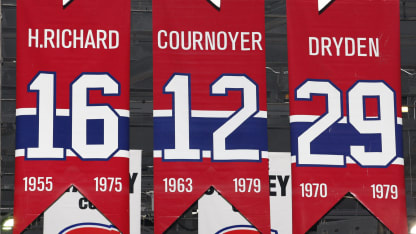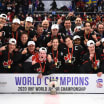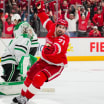In plain language, perhaps Chicago Black Hawks rookie defenseman John Marks captured Cournoyer best durng the 1973 Stanley Cup Final. The Black Hawks had just eliminated the New York Rangers, but now they were facing a Montreal Canadiens team that had a totally different dimension to their lineup.
"One step," Marks told Sports Illustrated's Mark Mulvoy, "and Cournoyer is gone. I thought I'd be able to skate with him the way I skated with the Rangers, but he's something else. He just disappears on you."
Beep-beep … Whooosh!
The Canadiens were on their way to their 18th Stanley Cup championship, and the "Roadrunner" would finish the postseason with a playoff-record 15 goals and the Conn Smythe Trophy -- which, he said, was "pretty nice to win" after NHL President Clarence Campbell presented him with the hardware as postseason MVP. But it was the big silver mug his team won that truly excited the Canadiens' No. 12.
YVAN COURNOYER CAREER TOTALS | View Full Stats
Games: 968 | Goals: 428 | Assists: 435 | Points: 863
Cournoyer had plenty of reasons to get truly excited during his 15-plus seasons in the NHL. He played on 10 Stanley Cup champions, the same number as his hero and mentor, Jean Beliveau, and one fewer than the all-time leader, his teammate and predecessor as Canadiens captain, Henri Richard.
But because, as Cournoyer himself said, "My game was to score goals," perhaps the Montreal great he most emulated was Maurice "Rocket" Richard. Both were left-handed shots playing right wing who seemed to find a higher gear and a ferocious hunger to score once they got inside the offensive zone. Richard did it with strength, near-maniacal determination and raw power; Cournoyer did it with his skating.

